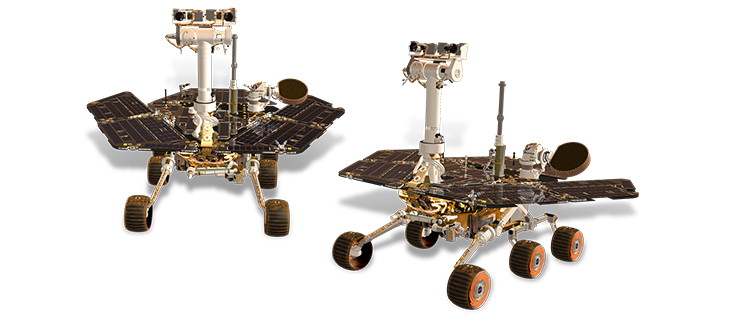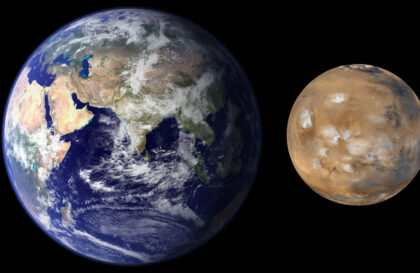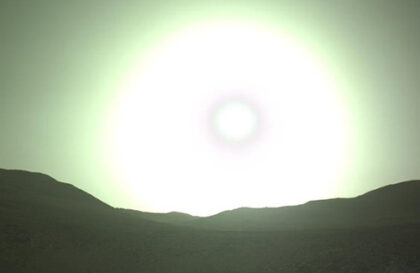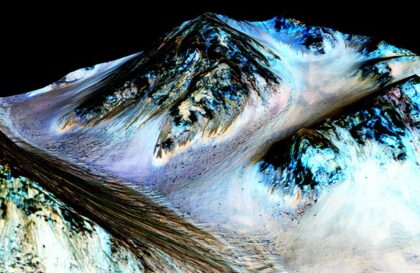“Spirit” and “Opportunity” landed on Mars on January 4 and 25, 2004, world time. Even though their missions were originally scheduled to last 90 days, the rovers exceeded all expectations, operating much longer. In particular, Opportunity operated on the Red Planet for almost 15 years, setting a record for the distance traveled.
“Spirit” and “Opportunity”, found strong indications that:
- in the past, Mars had a more humid environment;
- conditions on the planet could support microbial life if it existed there.
Star performers
The primary goal of the mission was to search and analyze various rocks and soils to study ancient water activity on Mars. The Opportunity and Spirit rovers explored different areas of the planet believed to have been affected by water in the past. Opportunity landed in a possible ancient lake on Planum Meridiani, Spirit landed in Gusev Crater with indicators of the planet’s wet history.
Spirit operated on Mars 20 times longer than planned, ending its mission in 2010, while Opportunity operated for almost 15 years, last contacting Earth on June 10, 2018 due to a dust storm and setting a record in 2015 with 28. 06 miles (45.16 kilometers).
Each Mars rover is a mobile version of a robot geologist. It is equipped with cameras for 360-degree views at a height of 5 feet (1.5 meters) and a mechanical arm that can place tools to study rocks and soils directly opposite the target. The mechanical arm contains a microscopic camera, a geologist’s magnifying lens, and a rock abrasion tool similar to a geological hammer.
Gemini in numbers
Credit: the Mars Communications Team at NASA’s Jet Propulsion Laboratory
Instruments Mars Exploration Rover
Credit: the Mars Communications Team at NASA’s Jet Propulsion Laboratory
The Panoramic Camera (Pancam) creates three-dimensional panoramic images of the Martian surface, while the Microscopic Imager (MI) allows for a magnified view of Martian rocks and soil, selecting objects for detailed analysis.
The Rock Attrition Tool (RAT) exposes minerals in the rock for further analysis by the rover’s science instruments.
The Miniature Thermal Emission Spectrometer (Mini-TES) analyzes the infrared emission of minerals that form in water.
The Mössbauer spectrometer (MB) determines the iron content and composition of samples and also examines magnetic dust collected by a magnetic grating.
The Alpha Particle X-ray Spectrometer (APXS) studies the elemental chemistry of rocks and soils by responding to X-rays and alpha radiation.
The magnetic array on the Spirit and Opportunity rovers collects Martian dust to analyze its composition and study the planet’s history.
The instruments used are also calibrated using targets, including sundials, to accurately determine the color and brightness of the data collected.
Banner image: Credit: the Mars Communications Team at NASA’s Jet Propulsion Laboratory
Image credit:
https://mars.nasa.gov
https://mars.nasa.gov
https://mars.nasa.gov






